Poisonous Products in Your Home: How to Stay Safe
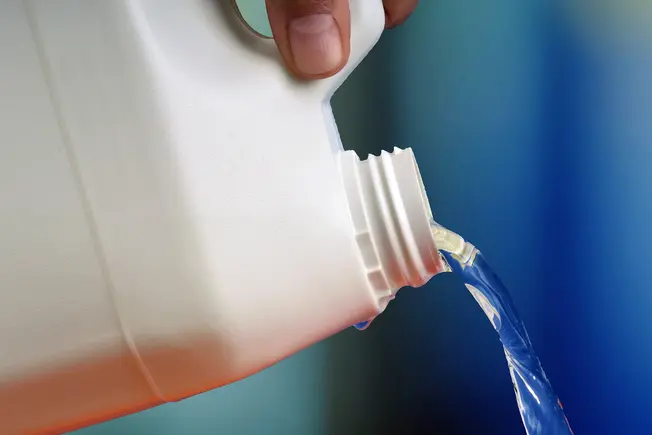
Bleach
Bleach can irritate your nose, skin, eyes, and throat. Touching bleach can cause a red rash. Not only will drinking it make you throw up, it'll also damage your stomach and esophagus (the tube that links your mouth and stomach). Use bleach in an open area with good airflow. Never put it in something that looks like it could hold food or drink. Don't mix it with other things, especially ammonia. The combination can give off toxic fumes.
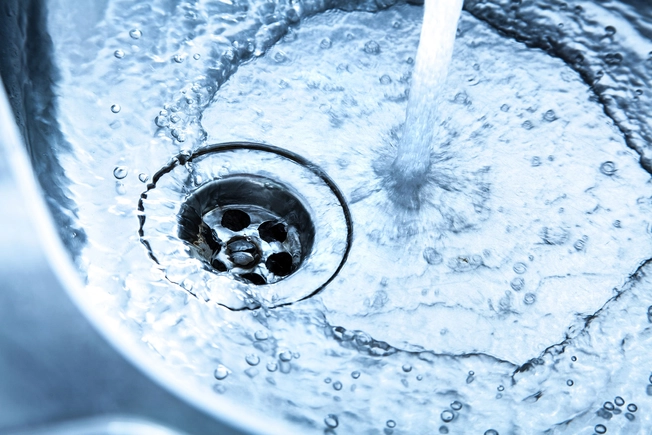
Drain Cleaner
Lye and sulfuric acid are the main ingredients in drain cleaners. They'll get rid of clogs, but the fumes could also burn your skin and eyes and even damage your digestive tract, kidneys, and liver. Swallowing drain cleaner can kill you. Wear goggles and gloves to protect your skin and eyes. Open a window or use them in a space with plenty of moving air to protect yourself from the fumes.

Carpet Cleaner
Rug and upholstery cleaning products use some of the same chemicals as dry cleaners. The fumes put you at risk for cancer, liver damage, dizziness, nausea, and appetite loss. Be sure to have a fan running or use them in a room with windows open so you don't breathe in the fumes.

Ammonia
Ammonia is corrosive, which means it damages or destroys things it comes into contact with. This includes the cells in your body. Exposure to a lot of it can burn your eyes, nose, and throat. Even smaller amounts can make you cough and irritate your nose and throat. Use ammonia only in places where there's plenty of air. Never mix it with bleach, because that makes even more harmful vapors.
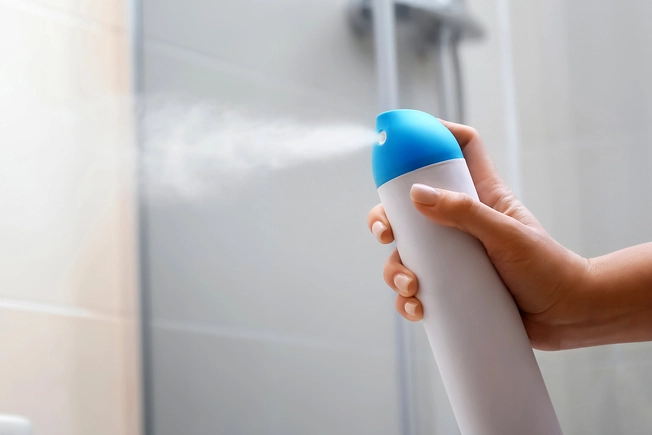
Air Freshener
Not only do most air fresheners have chemicals such as formaldehyde, petroleum distillates, p-dichlorobenzene, and aerosol propellants, they can also catch fire. Never use one around an open flame. Baking soda is a natural, nontoxic alternative to air freshener sprays.
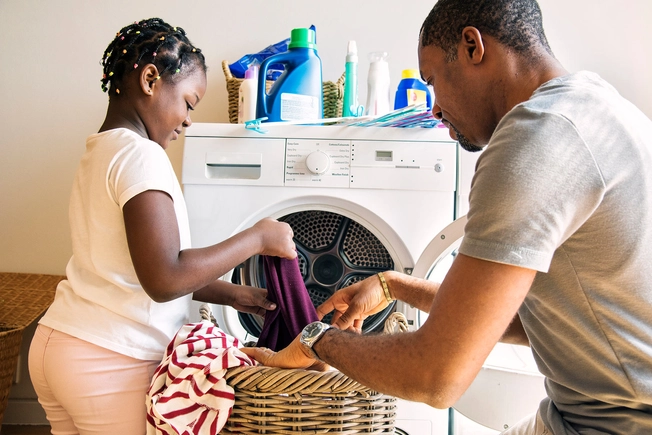
Laundry Detergent
Detergent has enzymes, or proteins, that get dirt out of clothes While they're great for your clothes, they're toxic in your body. You can even get asthma if you're exposed to a large amount. Keep detergents out of kids' reach, especially if you use laundry detergent pods that may look like candy.
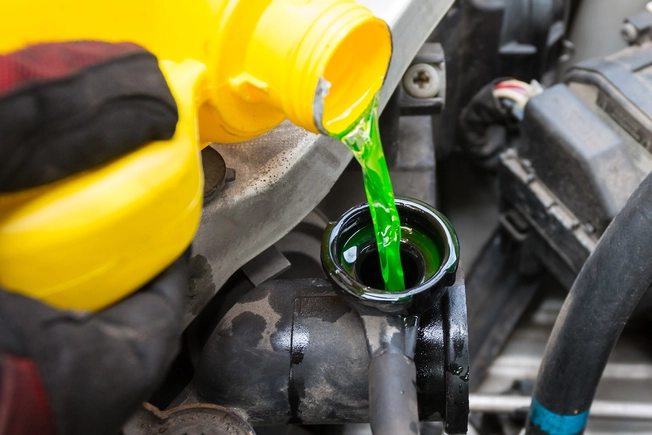
Antifreeze
This car fluid is made of ethylene glycol, which makes you dizzy when you breathe its fumes. Swallowing it can cause severe damage to your kidneys, heart, and brain, or even kill you. Always use gloves when you handle it. Store it safely away from children and pets. Better yet, swap it out for antifreeze with propylene glycol, which is less toxic.
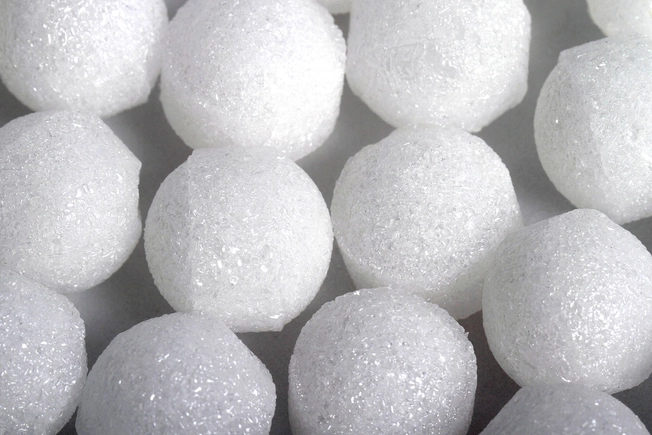
Mothballs
Mothballs' candylike looks often tempt kids to pop them in their mouths. But they're full of pesticides, and their fumes can cause dizziness and headaches. They're also a cancer risk and could lead to anemia if you swallow them. To do away with mothballs, store clothes in airtight containers.

Insect-Control Products
Whether it's flea and tick treatment for a pet, bug sprays, or bait traps for pests, most of these products are chock full of nasty chemicals. Don't pet animals for 24 hours after using flea and tick treatment on them. Make sure you use insect spray away from objects such as dishes, utensils, or towels. Let insect killers settle before you spend time in a room where you've sprayed. Wash your hands with soap after coming into contact with them.

Paint
Both oil and latex paints give off fumes that cause headaches and can irritate your eyes, nose, throat and skin. Keep air flowing any time you use paints. Solvent-based paint fumes are often fatal when people huff them for a high.